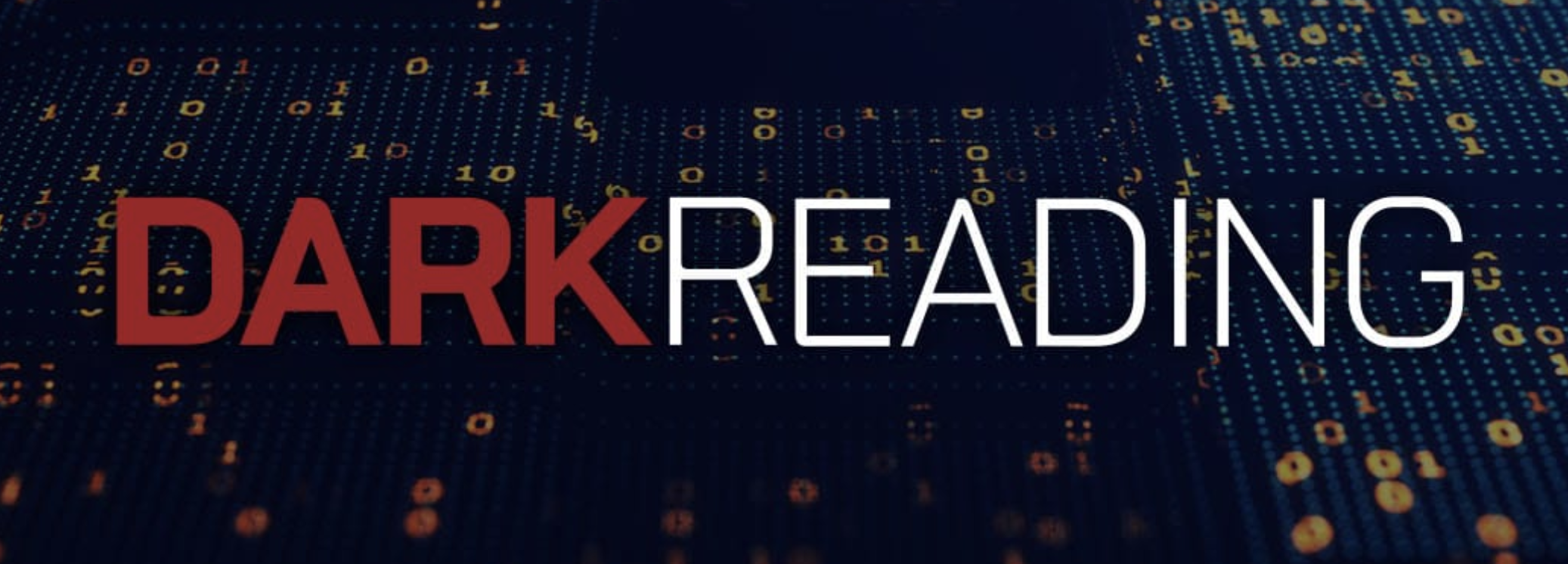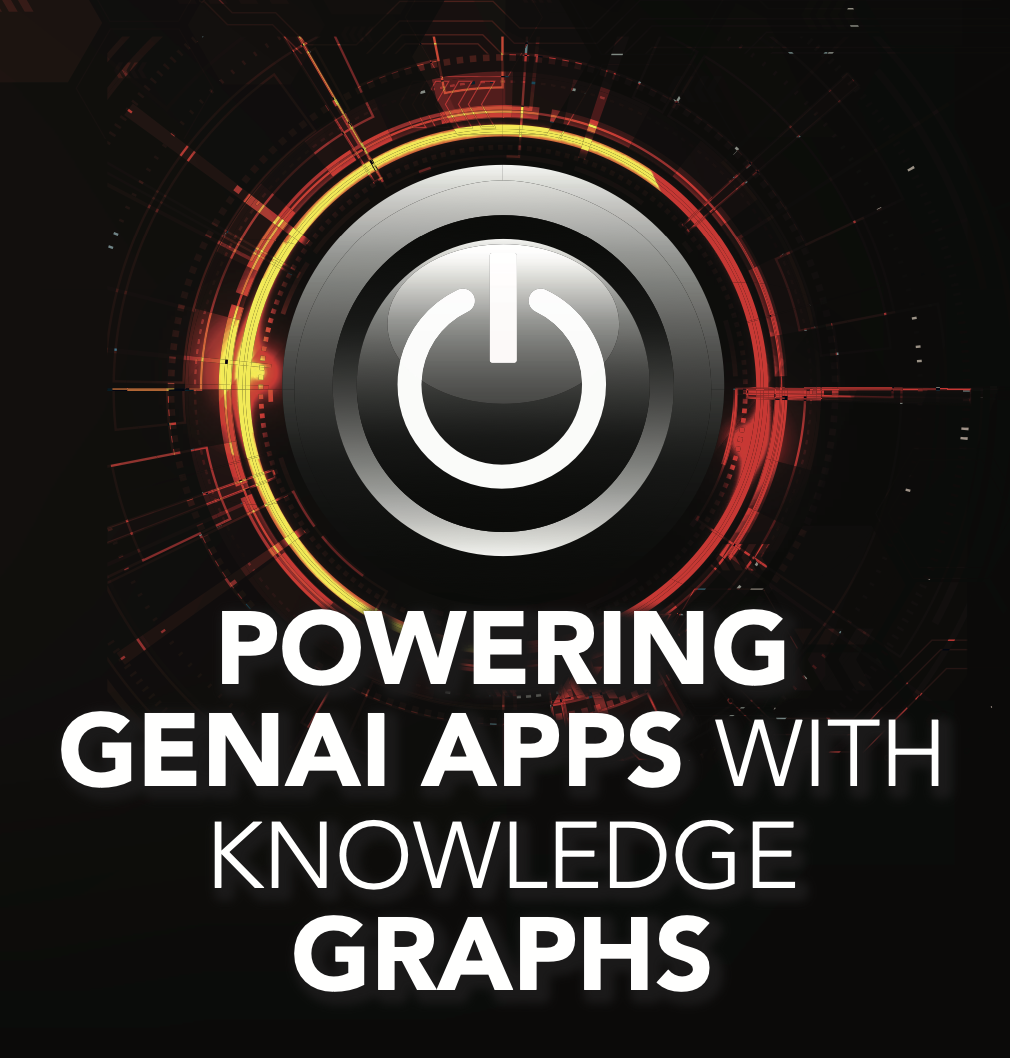
- 24 September, 2021
Fuse Graph Neural Networks with Semantic Reasoning to Produce Complimentary Predictions
Organizations can combine GNN reasoning capabilities with classic semantic inferencing in Knowledge Graphs to reach the next level AI and predict any business event based on context at scale.
The ability for machines to reason — not just identify patterns in massive data amounts, but make rule or logic based inferences on domain specific knowledge — is foundational to Artificial Intelligence. The growing momentum around Neuro-Symbolic AI and the increasing reliance on Graph Analytics demonstrate how important these developments are for the enterprise.
Combining AI’s symbolic knowledge processing with its statistical branch (typified by machine learning) produces the best prescriptive outcomes, delivers total AI, and is swiftly becoming necessary to tackle enterprise scale applications of mission-critical processes like foretelling equipment failure, optimizing healthcare treatment, and maximizing customer relationships.
Graph Neural Networks (GNN) exemplify the confluence of machine learning and AI reasoning. Their underlying graph capabilities are ideal for applying machine learning’s advanced pattern recognition to high-dimensional, non-Euclidian datasets that are too complex for other machine learning types.
Organizations get two forms of reasoning in one framework by fusing GNN reasoning capabilities around relationship predictions, entity classifications, and graph clustering, with classic semantic inferencing available in Knowledge Graphs. Automatically mixing and matching these two types of reasoning is next level AI and is the basis for predicting any business event based on context at scale.
Read the Full Article at Towards Data Science.







